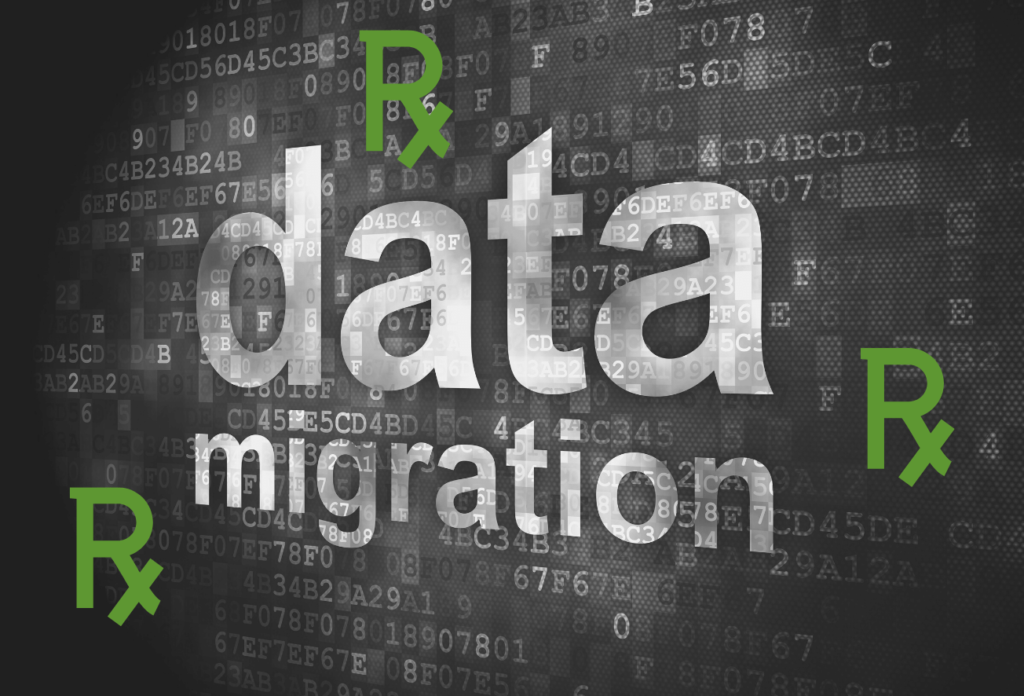
Merging pharmacies isn’t a rare occurrence. It can happen for many reasons, and the trend of consolidation is likely to continue in the U.S. Merging of two locations can bring lots of challenges. One of those is what to do with your patient data.
We help pharmacies tackle this very issue all the time, and we wanted to share some considerations and best practices.
Why Do Merges Occur?
Merging a pharmacy can be the outcome of several scenarios. These are the most common.
Acquisition
Selling a pharmacy is a normal part of the industry. Those acquisitions could be by a chain pharmacy or an independent pharmacy. The acquisition requires a merge when the buyer is closing the purchased location. The buyer is purchasing the patient data and will then become the servicing pharmacy. In this situation, a data conversion is necessary, and sometimes data archiving.
Consolidation
Often a pharmacy has multiple locations but often decides to close one that’s underperforming. The data from the closing site will require a merge with the location that’s closest. You’ll usually need a data conversion and possibly archiving.
What to Know About Moving Patient Data During a Merge
As noted above, the two areas of pharmacy data management to consider are conversions and archiving.
Data Conversions
A data conversion allows you to migrate data from one software system to another. It’s a complex process that requires a healthcare data conversion specialist. There are multiple steps to ensure accuracy, compliance, and completeness.
Before you begin a conversion project, be sure to check out the pharmacy migration best practices.
Data Archiving
The second process to have on your radar is data archiving. In most cases, you don’t want to move all the data from the closing store to your platform. However, you still need to keep most of those records to adhere to medical record retention requirements. Thus, you can archive your patient data.
Look for an archiving solution that is easy to use and web-based. If it lives in the cloud, you can access it anywhere and no longer have to keep expensive on-premises servers on-site. Here are a few of the must-have features for a pharmacy archiving system:
- Searching and filtering.
- Print-ready audit reports.
- Learnable in a few minutes.
- Able to hold all file types: data, documents, and images.
- HIPAA and HITRUST compliant.
- Encryption for data at rest and in transit.
Archiving is a cost-effective way to take the strain off your software and ensure you meet guidelines. While you’re in the middle of a merge, think about archiving data in your current system, too.
Need Support for a Pharmacy Merge?
Merging pharmacies doesn’t have to be difficult. We’re here to support your needs. We offer the highest quality conversions and archiving for pharmacies. Additionally, we offer pharmacy transition solutions for buyers and sellers. Check out our pharmacy transition services today.
.

